Hit-and-run car accidents can be some of the most frustrating and confusing incidents on the road. Imagine being involved in an accident, only to have the other driver flee the scene. It’s not just about the damage to your vehicle. It raises questions about responsibility, insurance claims, and legal repercussions. These situations are more common than you might think, leaving victims feeling helpless and unsure of their next steps. Understanding what happens when someone leaves the scene after a collision is crucial for anyone who drives. Whether you’re seeking justice or trying to navigate through complicated insurance processes, knowing your rights and responsibilities can make all the difference. If you’re feeling overwhelmed or unsure how to proceed, consulting an Industrial Accident Attorney in Houston can help ensure your case is handled with the experience and attention it deserves. Let’s delve into what hit-and-run accidents entail and explore how to protect yourself legally if you find yourself in such a distressing situation.
Definition of Hit-And-Run Accidents
A hit-and-run accident occurs when a driver involved in a collision leaves the scene without providing their contact information or assisting anyone who may be injured. This behavior is not only unethical but also illegal. These incidents can involve various scenarios, from minor fender benders to serious crashes with significant injuries. Regardless of the severity, fleeing the scene complicates matters for everyone involved. In most jurisdictions, drivers are legally required to stop after an accident and share relevant details such as their name, address, and insurance information. Failing to do so can result in severe consequences ranging from fines to criminal charges.
Legal Consequences for Leaving the Scene of an Accident
Leaving the scene of an accident can lead to serious legal repercussions. Many states classify hit-and-run incidents as misdemeanors or felonies, depending on the circumstances involved. If someone suffers injuries or property damage, penalties become even harsher. Fines can escalate into thousands of dollars. Additionally, jail time is a real possibility for offenders, particularly if there are significant damages or injuries. Insurance complications arise too. Drivers who flee may find their claims denied due to breach of contract clauses related to cooperation in investigations. This means out-of-pocket expenses could add up quickly.

Steps to Take After Being Involved in a Hit-And-Run
After a hit-and-run, your immediate response is crucial. First, ensure your safety and the safety of others around you. If possible, move to a secure location away from traffic. Next, call 911 to report the incident. Emergency services can assist with any injuries and document the accident officially. Gather as much information as you can about the scene. Take photos of vehicle damage, license plates, and road conditions. Note any nearby landmarks or signs that could help identify where it happened.
How to Prove Fault in a Hit-And-Run Case
Proving fault in a hit-and-run case can be challenging but not impossible. The first step is gathering evidence from the scene. Take photos of vehicle damage, road conditions, and any skid marks that may indicate speed or direction. Eyewitness accounts can also play a crucial role. If anyone witnessed the incident, their testimony might help establish details about the other driver’s behavior. Surveillance cameras are worth checking as well. Cameras from nearby businesses or traffic signals often capture valuable footage that can identify the fleeing driver.
Complications and Challenges in Hit-And-Run Cases
Hit-and-run cases can quickly spiral into complex legal battles. The first challenge is identifying the at-fault driver. Witnesses may not always be available, and surveillance footage can be scarce. Even if you manage to gather evidence, proving liability becomes a daunting task. In many instances, drivers conceal their identities or have insufficient insurance coverage. This makes recovering damages more difficult. Another complication arises when assessing injuries or property damage. Victims may struggle with medical bills while facing delays in compensation from uninsured motorists or hit-and-run perpetrators.
Importance of Seeking Legal Advice and Representation
Navigating the aftermath of a hit-and-run can be overwhelming. The legal landscape is complex, and having professional guidance is invaluable. An attorney experienced in car accident cases understands local laws and regulations. They can help you identify your rights and options after a hit-and-run incident. Moreover, they will assist in gathering evidence to support your claim. Whether it’s obtaining witness statements or reviewing police reports, an expert’s insight can make a significant difference.
In Conclusion
Navigating the aftermath of a hit-and-run accident can be overwhelming. The emotional and physical toll is significant, and the legal landscape may feel daunting. Understanding your rights and responsibilities in these situations is crucial. When faced with a hit-and-run scenario, knowing what steps to take can make all the difference. From gathering evidence to filing police reports, every action counts. Proving fault is often not straightforward but having an experienced attorney by your side can simplify this process.…

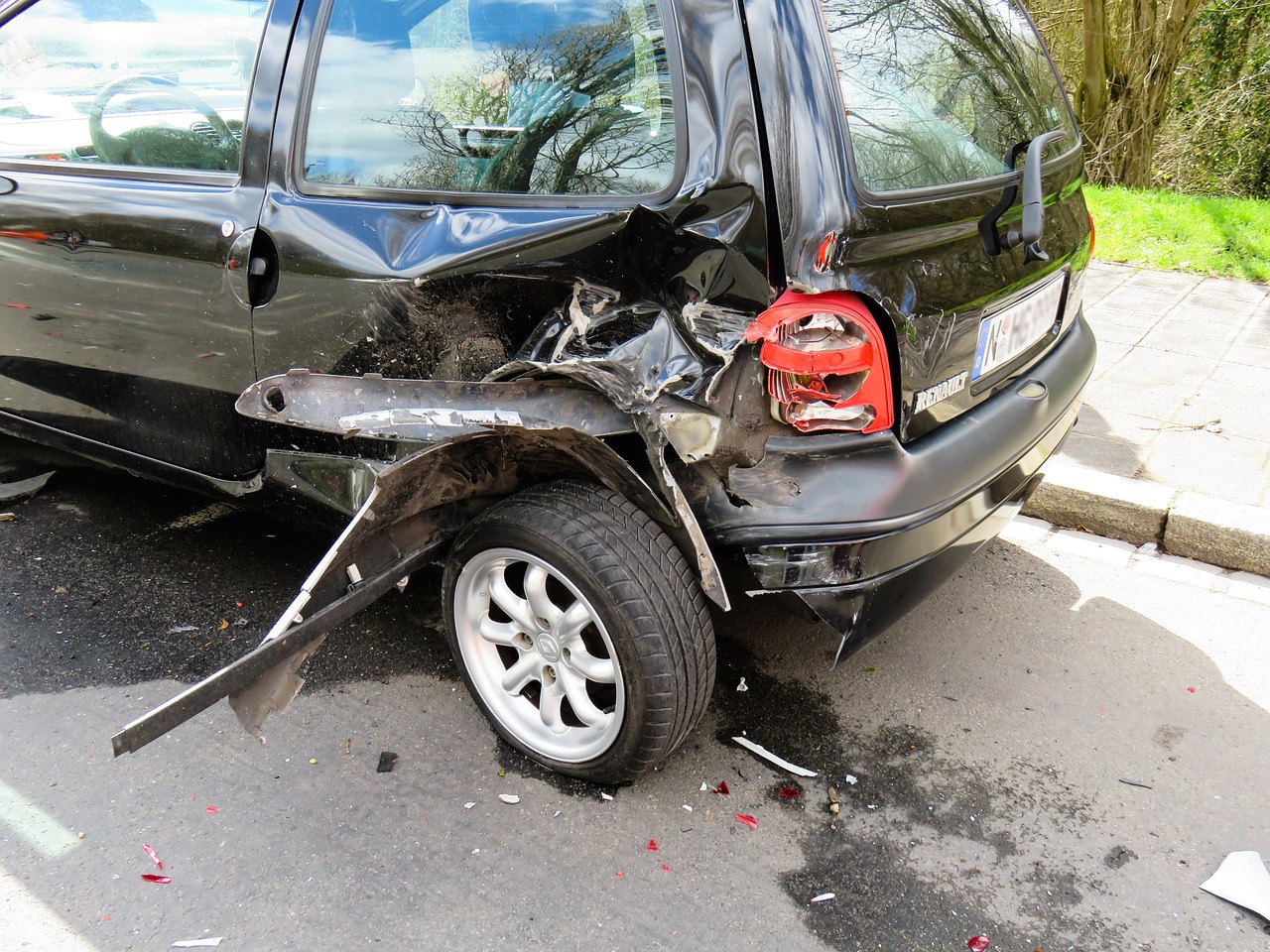
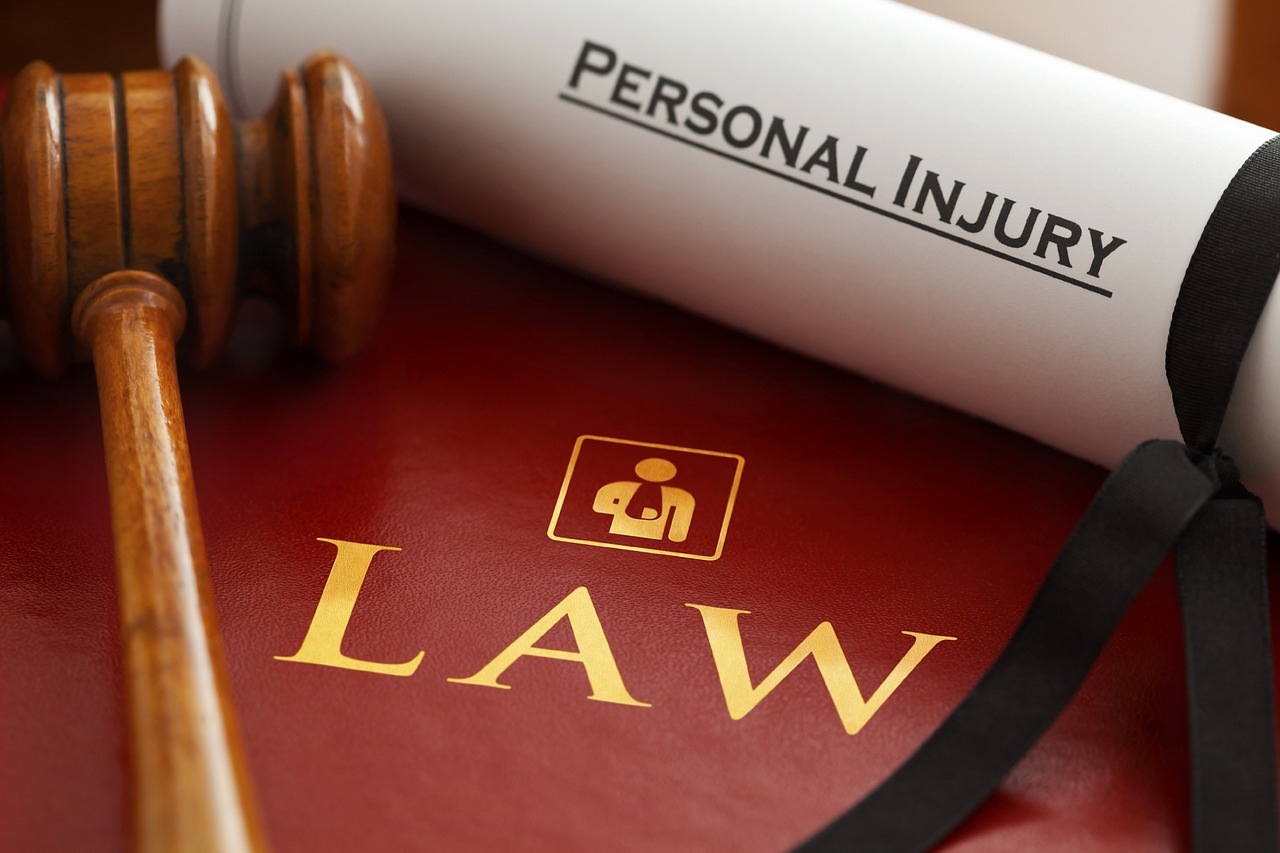








 Facing criminal charges can be a daunting and overwhelming experience. Without proper legal representation, you may struggle to navigate the complex legal system and fail to present a strong defense. A reputable criminal lawyer can help guide you through the process, advocate for your rights, and ensure that you receive a fair trial.
Facing criminal charges can be a daunting and overwhelming experience. Without proper legal representation, you may struggle to navigate the complex legal system and fail to present a strong defense. A reputable criminal lawyer can help guide you through the process, advocate for your rights, and ensure that you receive a fair trial.
 You must submit a claim to the airline to receive compensation for a delayed or canceled flight. The airline will then review your claim and determine your eligibility for compensation. Compensation may be in the form of a refund, voucher, or other type of financial compensation.
You must submit a claim to the airline to receive compensation for a delayed or canceled flight. The airline will then review your claim and determine your eligibility for compensation. Compensation may be in the form of a refund, voucher, or other type of financial compensation.


 Finally, all professional car accident lawyers should provide their clients with clear and consistent communication regarding the progress of the case. They should not feel like they are in the dark and should be available to answer any questions that may arise along the way. In addition, they should charge fair fees for their services and ensure that their clients understand what they are being charged for. So be sure to set everything on paper just in case things go south.
Finally, all professional car accident lawyers should provide their clients with clear and consistent communication regarding the progress of the case. They should not feel like they are in the dark and should be available to answer any questions that may arise along the way. In addition, they should charge fair fees for their services and ensure that their clients understand what they are being charged for. So be sure to set everything on paper just in case things go south.


 To enjoy full protection as described in the
To enjoy full protection as described in the  As per Arizona Lemon Law, the dealer must make reasonable attempts to fix the lemon car to good working condition. And reasonable is taken to mean up to four visits, or a total of 30 days cumulatively in the repair garage.
As per Arizona Lemon Law, the dealer must make reasonable attempts to fix the lemon car to good working condition. And reasonable is taken to mean up to four visits, or a total of 30 days cumulatively in the repair garage.
 If you encounter a vehicular accident, you are likely to become nervous. You need to know how to react if you are involved in such an accident. All injuries caused by a lorry accident must be treated in full by medical staff, and at the same time, you must seek the advice of the forwarding agent and doctors in your local hospital. Getting involved in any traffic accident involving large lorries or commercial vehicles can be a devastating moment. You might not think about it for a few seconds, but maybe not for long.
If you encounter a vehicular accident, you are likely to become nervous. You need to know how to react if you are involved in such an accident. All injuries caused by a lorry accident must be treated in full by medical staff, and at the same time, you must seek the advice of the forwarding agent and doctors in your local hospital. Getting involved in any traffic accident involving large lorries or commercial vehicles can be a devastating moment. You might not think about it for a few seconds, but maybe not for long. Some injuries, such as whiplash, are not noticeable. Still, if you do not see a doctor, you can be prevented from properly documenting your injuries – making it difficult to prove that they were caused by accident. If physically able, photograph yourself at the accident scene – take multiple angles and show injuries to your vehicle and truck. If you report, the police will come to the scene of the accident and prepare an accident report that can help you secure your evidence. The officer responding to the accident should also take photos of you, so collect as much information as possible, but do not exaggerate – take pictures.
Some injuries, such as whiplash, are not noticeable. Still, if you do not see a doctor, you can be prevented from properly documenting your injuries – making it difficult to prove that they were caused by accident. If physically able, photograph yourself at the accident scene – take multiple angles and show injuries to your vehicle and truck. If you report, the police will come to the scene of the accident and prepare an accident report that can help you secure your evidence. The officer responding to the accident should also take photos of you, so collect as much information as possible, but do not exaggerate – take pictures.
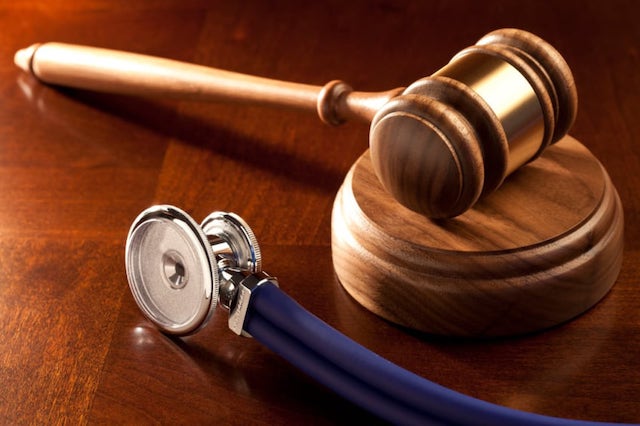
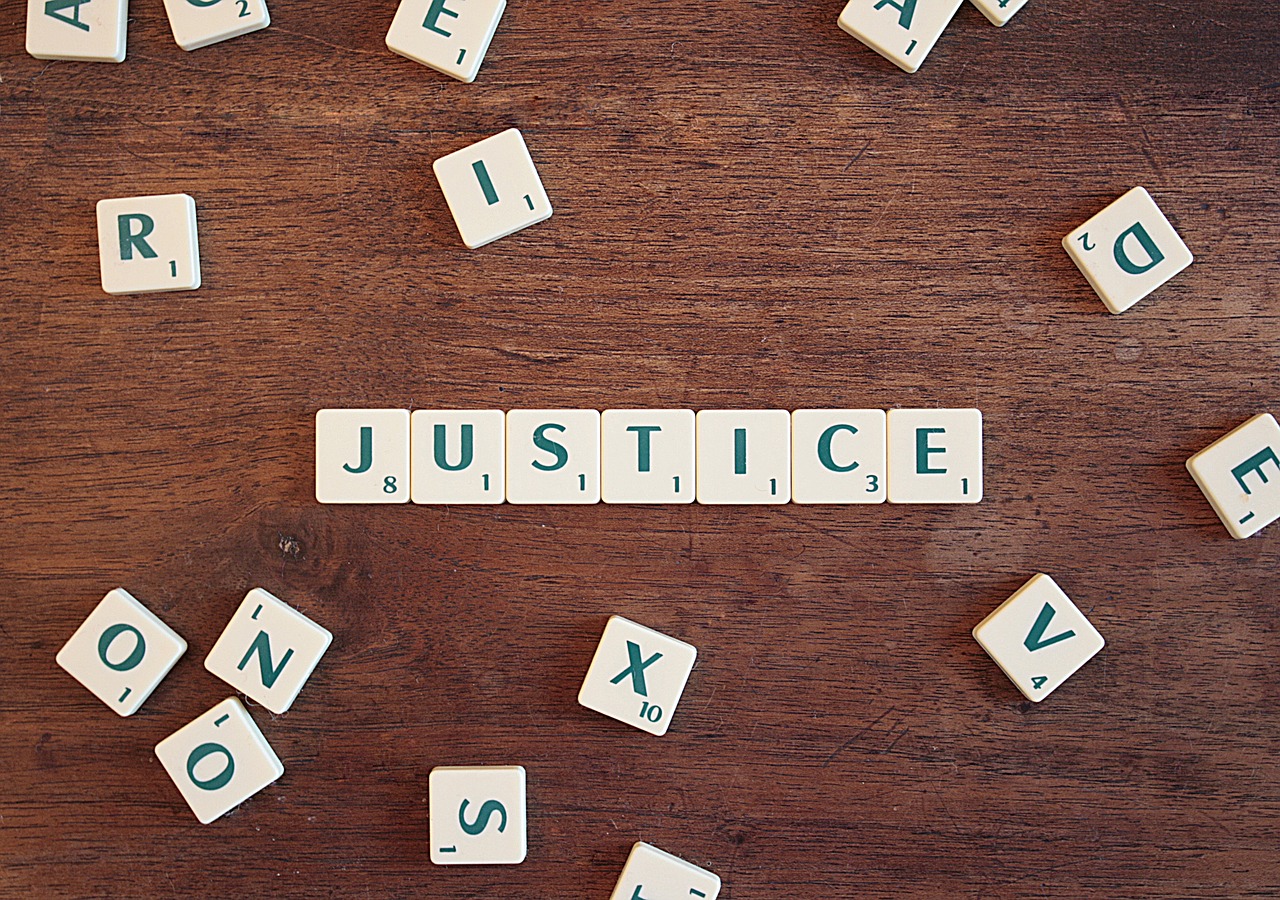


 Buying Used Car
Buying Used Car



 Dispute resolutions
Dispute resolutions
 Nowadays, there is a broad range of industries which ought to be addressed by the labor lawyer. Most of these industries have unions. Some of the examples include hospitals, supermarkets, nursing homes, hotels, agriculture, airlines, building trades, and airports. Whenever employees form unions, they do have the collective bargaining rights. Thus, the workers can decide whether to accept or reject a contract. If problems arise, you will need the help of a lawyer.
Nowadays, there is a broad range of industries which ought to be addressed by the labor lawyer. Most of these industries have unions. Some of the examples include hospitals, supermarkets, nursing homes, hotels, agriculture, airlines, building trades, and airports. Whenever employees form unions, they do have the collective bargaining rights. Thus, the workers can decide whether to accept or reject a contract. If problems arise, you will need the help of a lawyer. If your employees have been arrested for offenses they committed, the workers can file grievances. The workers can argue that the reprimand was not true or unjust. This is where you will need your labor lawyer to represent your business and defend its actions. You should note that an investigation will be carried out, statements from concerned parties taken and a decision made. A mediation process may be necessary.
If your employees have been arrested for offenses they committed, the workers can file grievances. The workers can argue that the reprimand was not true or unjust. This is where you will need your labor lawyer to represent your business and defend its actions. You should note that an investigation will be carried out, statements from concerned parties taken and a decision made. A mediation process may be necessary.
 Many sites are there online which could give you good lawyer referrals. Some favorite sites can be viewed online, which provide rankings of lawyers about immigration and green card visas. There is data on these locations, which is helpful. So you can find some useful information about attorneys. Checking the ratings is a great way to arrive at a decision about the lawyer whose services you may want to engage.
Many sites are there online which could give you good lawyer referrals. Some favorite sites can be viewed online, which provide rankings of lawyers about immigration and green card visas. There is data on these locations, which is helpful. So you can find some useful information about attorneys. Checking the ratings is a great way to arrive at a decision about the lawyer whose services you may want to engage.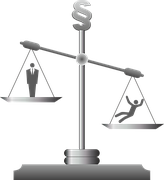 To find and choose a lawyer that you trust, you will first need to determine if they can quickly communicate with you and answer any questions that you may have. Find out what ways they can interact with you.
To find and choose a lawyer that you trust, you will first need to determine if they can quickly communicate with you and answer any questions that you may have. Find out what ways they can interact with you.
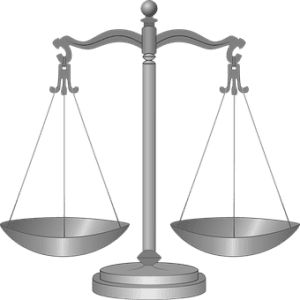 Your lawyer, when hired, has the duty to take care of the lawsuit on your behalf. A trial will ensue when another person intentionally or unintentionally inflicted injury to you. The unintentional qualification arises when you happen to sustain damage due to the offender’s negligence. The party that can be sued may be a private individual or it can be a company, depending on whichever is culpable.
Your lawyer, when hired, has the duty to take care of the lawsuit on your behalf. A trial will ensue when another person intentionally or unintentionally inflicted injury to you. The unintentional qualification arises when you happen to sustain damage due to the offender’s negligence. The party that can be sued may be a private individual or it can be a company, depending on whichever is culpable.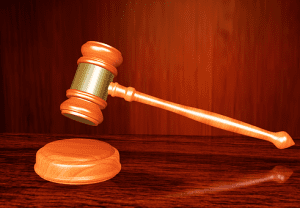 When you are in law school, you will take a variety of classes covering a variety of topics including Torts, Property, Criminal, Constitutional, Contracts, and Civil Procedure Law. It is important to have a well-rounded knowledge of all of these things, even if you already know what specialty you want to pursue.
When you are in law school, you will take a variety of classes covering a variety of topics including Torts, Property, Criminal, Constitutional, Contracts, and Civil Procedure Law. It is important to have a well-rounded knowledge of all of these things, even if you already know what specialty you want to pursue.
 Attorneys come in a variety of flavors. However, while most of them are legal experts, they are not necessarily business experts. What you need to do is find attorneys, such as those found at www.rhoduslaw.com, that specialize in providing legal assistance to small and start-up business. Whatever you do, do not let a family law attorney or a criminal law one to represent and protect your business interests.
Attorneys come in a variety of flavors. However, while most of them are legal experts, they are not necessarily business experts. What you need to do is find attorneys, such as those found at www.rhoduslaw.com, that specialize in providing legal assistance to small and start-up business. Whatever you do, do not let a family law attorney or a criminal law one to represent and protect your business interests. It is always a good idea to inquire other small business owners about their legal representatives, both current and past ones. It is well known that some of the best recommendations can come from other business entrepreneurs, who have first-hand knowledge of being represented by certain business attorneys. Not only can they point you in the right direction but also help you avoid those attorneys that are known to provide subpar services or charge fees that are way too high.
It is always a good idea to inquire other small business owners about their legal representatives, both current and past ones. It is well known that some of the best recommendations can come from other business entrepreneurs, who have first-hand knowledge of being represented by certain business attorneys. Not only can they point you in the right direction but also help you avoid those attorneys that are known to provide subpar services or charge fees that are way too high.
 Researching on a good mesothelioma lawyer can be done online or through friends. Through online research, you can be able to view client reviews of the services they received from various law firms. Friends or workmates that have undergone the same situations as you can also give you recommendations if they had a reliable lawyer handling their case. That way you will be able to identify a good lawyer that will handle your case effectively.
Researching on a good mesothelioma lawyer can be done online or through friends. Through online research, you can be able to view client reviews of the services they received from various law firms. Friends or workmates that have undergone the same situations as you can also give you recommendations if they had a reliable lawyer handling their case. That way you will be able to identify a good lawyer that will handle your case effectively.
 Make sure that you have documented medical evidence, scans, et cetera to prove your claims, and you should also have at least one doctor available to testify as to the veracity of the claims you are making in your IVC filter lawsuit. Once you’re done, go ahead and gather all of this information together, including the contact information for any and all parties you might call on your behalf in this matter, and start looking for an attorney to file an IVC filter lawsuit on your behalf.
Make sure that you have documented medical evidence, scans, et cetera to prove your claims, and you should also have at least one doctor available to testify as to the veracity of the claims you are making in your IVC filter lawsuit. Once you’re done, go ahead and gather all of this information together, including the contact information for any and all parties you might call on your behalf in this matter, and start looking for an attorney to file an IVC filter lawsuit on your behalf. At this point, a simple search engine query for IVC filter lawsuit specialists in your state or metro area should return several different results. Read through the reviews written on each and every IVC filter lawsuit specialist you can find nearby, and determine which of them seem to be the most highly and widely praised attorneys in this matter.
At this point, a simple search engine query for IVC filter lawsuit specialists in your state or metro area should return several different results. Read through the reviews written on each and every IVC filter lawsuit specialist you can find nearby, and determine which of them seem to be the most highly and widely praised attorneys in this matter.

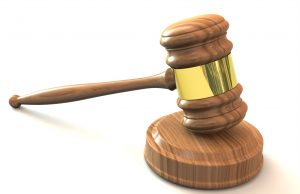 The main thing to consider is the experience of a lawyer and his or her past cases. If the person you are considering has a reliable reputation and is recommended to you by someone you trust, then it is safe to assume that you can consult that lawyer. Alternatively, you can get information about any attorney from the local bar association which lists out many details of the lawyers who practice in your area and their areas of expertise.
The main thing to consider is the experience of a lawyer and his or her past cases. If the person you are considering has a reliable reputation and is recommended to you by someone you trust, then it is safe to assume that you can consult that lawyer. Alternatively, you can get information about any attorney from the local bar association which lists out many details of the lawyers who practice in your area and their areas of expertise.
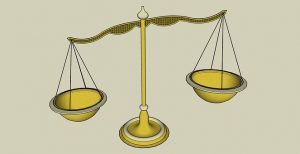 A lawyer that has been in business for long will never disappoint you because they could have dealt with so many situations to know exactly how to handle the situation that you have. The next thing that you have to confirm is if the lawyer it licensed and the license should be from your state. Because if it’s from another state, then the lawyer will not be allowed to practices case in your state. A lawyer that has been in business for long will also advise you on the way that you should handle the case and the chances that you have.
A lawyer that has been in business for long will never disappoint you because they could have dealt with so many situations to know exactly how to handle the situation that you have. The next thing that you have to confirm is if the lawyer it licensed and the license should be from your state. Because if it’s from another state, then the lawyer will not be allowed to practices case in your state. A lawyer that has been in business for long will also advise you on the way that you should handle the case and the chances that you have. Another factor to consider in how the lawyer will conduct the case. Conducting the case will fully depend on the personal attributes like how he communicates with people, negotiation skills, how he is well informed about the cases, and his integrity. How the lawyer will communicate with you on the first day will tell you a lot about his/her personal attributes so be keen on those things on the first day. You will need a lawyer that you can be honest with you about the case and someone who you can easily communicate with this will fully depend on the ability to bond with the lawyer.
Another factor to consider in how the lawyer will conduct the case. Conducting the case will fully depend on the personal attributes like how he communicates with people, negotiation skills, how he is well informed about the cases, and his integrity. How the lawyer will communicate with you on the first day will tell you a lot about his/her personal attributes so be keen on those things on the first day. You will need a lawyer that you can be honest with you about the case and someone who you can easily communicate with this will fully depend on the ability to bond with the lawyer.



 Always try to get a quote to find out what the final bill will be. Some companies will give you estimates, and the fees can vary considerably, by making sure you find a company which will give you a quote will give you piece of mind when it comes to the end of your case.
Always try to get a quote to find out what the final bill will be. Some companies will give you estimates, and the fees can vary considerably, by making sure you find a company which will give you a quote will give you piece of mind when it comes to the end of your case.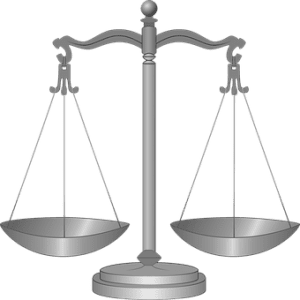 The best companies are those with websites and those with more features the better. Some companies will just have a basic site which will have the contact details on, and while these are good, there are some out there who can offer a client log in service. This will allow you to track the progress of your case and it may provide documents or downloads to assist with your move.
The best companies are those with websites and those with more features the better. Some companies will just have a basic site which will have the contact details on, and while these are good, there are some out there who can offer a client log in service. This will allow you to track the progress of your case and it may provide documents or downloads to assist with your move.
 For you to have a deal that becomes a legally binding document, you have to start a court case. This is done by filing the proper paperwork and forms with the court. You file the forms after you have filed for divorce, and you present at the same court as the divorce court. The first form that is filled out is a petition for custody. The parent who initiates the case fills this out and then the other parent response. Every state has different requirements for the papers that are filled out–but these first ones are all pretty similar.
For you to have a deal that becomes a legally binding document, you have to start a court case. This is done by filing the proper paperwork and forms with the court. You file the forms after you have filed for divorce, and you present at the same court as the divorce court. The first form that is filled out is a petition for custody. The parent who initiates the case fills this out and then the other parent response. Every state has different requirements for the papers that are filled out–but these first ones are all pretty similar. Knowing these laws can help you get started with your parenting plan. Once your parenting plan accepted as a court order, you can relax and enjoy your time as a parent. If there is a need to change your parenting plan, you can file a petition to change your agreement with the court. If you and the child’s other parent agree on the changes, it is usually quite easy for the court to adopt them.
Knowing these laws can help you get started with your parenting plan. Once your parenting plan accepted as a court order, you can relax and enjoy your time as a parent. If there is a need to change your parenting plan, you can file a petition to change your agreement with the court. If you and the child’s other parent agree on the changes, it is usually quite easy for the court to adopt them.
 document authorized by licensed personnel. Luckily, as technology continues to improve, a new world of service provision is available to the consumer. Nowhere is this more convenient than in the world of the mobile notary? Los Angeles, California, and other densely populated areas benefit from their existence in particular. In a simple word, they offer convenience.
document authorized by licensed personnel. Luckily, as technology continues to improve, a new world of service provision is available to the consumer. Nowhere is this more convenient than in the world of the mobile notary? Los Angeles, California, and other densely populated areas benefit from their existence in particular. In a simple word, they offer convenience. No inflated pricing. All you pay are the fees set by the Secretary of State, plus traveling services. That means no nasty surprises are waiting for you on an invoice, only the price you expect for the convenience you prefer.
No inflated pricing. All you pay are the fees set by the Secretary of State, plus traveling services. That means no nasty surprises are waiting for you on an invoice, only the price you expect for the convenience you prefer.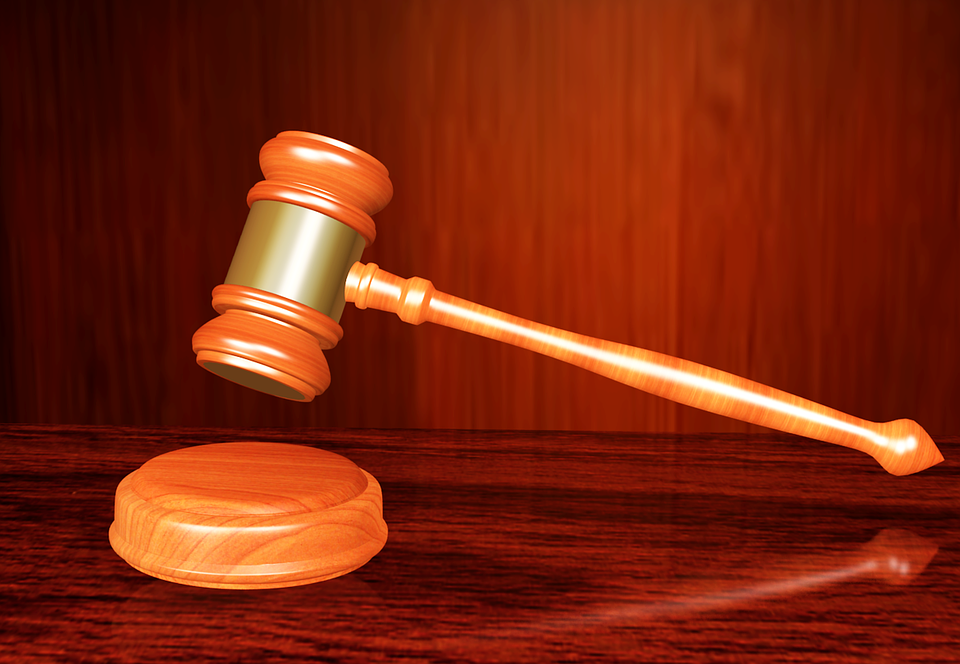
 your case is whether they are available within a reasonable time. If you cannot get in to see the lawyer before your proceedings or within a reasonable period, chances are they will not be available to answer questions or to put much time and thought into your case. It’s always a good thing to pick a well-known attorney, as their reputation speaks volumes for them. However, if they are too busy, find someone that is accessible. I guarantee you will have questions down the line and will need someone to answer them.
your case is whether they are available within a reasonable time. If you cannot get in to see the lawyer before your proceedings or within a reasonable period, chances are they will not be available to answer questions or to put much time and thought into your case. It’s always a good thing to pick a well-known attorney, as their reputation speaks volumes for them. However, if they are too busy, find someone that is accessible. I guarantee you will have questions down the line and will need someone to answer them. It goes without saying that if the attorney does not have your best interest in mind, you should find another attorney. Lawyers are usually upfront and honest with their clients. They will clue you in as to whether they have your best interest in mind, if they believe you are innocent or wrong.
It goes without saying that if the attorney does not have your best interest in mind, you should find another attorney. Lawyers are usually upfront and honest with their clients. They will clue you in as to whether they have your best interest in mind, if they believe you are innocent or wrong.
 By definition, family law is the branch of law that governs any issues concerning a family. It also covers domestic controversies. Examples of these are separation, divorce, child custody, child support, child care, adoptions, property arrangements, marital rights, civil unions, and many more.
By definition, family law is the branch of law that governs any issues concerning a family. It also covers domestic controversies. Examples of these are separation, divorce, child custody, child support, child care, adoptions, property arrangements, marital rights, civil unions, and many more. Child care, support, and custody are also sensitive issues that family law covers. This can be quite emotional especially for both of the parents including the child. A guardian may be involved too. The lawyer will help all parties to come up with a rational decision – the best option that will benefit the child.
Child care, support, and custody are also sensitive issues that family law covers. This can be quite emotional especially for both of the parents including the child. A guardian may be involved too. The lawyer will help all parties to come up with a rational decision – the best option that will benefit the child.

 Sometimes, there are many accidents that happen, and this may not be your fault. It could be while you are driving or just walking on the sidewalk. If you are hit by another vehicle from behind and suffer from a sprained neck, you will have to take time off work. The losses you have to incur can be claimed from the party at fault. If you are walking and the sidewalk has not been adequately built or is broken, and you slip or fall and injure yourself, the local council has to take responsibility as they have not performed their job correctly.
Sometimes, there are many accidents that happen, and this may not be your fault. It could be while you are driving or just walking on the sidewalk. If you are hit by another vehicle from behind and suffer from a sprained neck, you will have to take time off work. The losses you have to incur can be claimed from the party at fault. If you are walking and the sidewalk has not been adequately built or is broken, and you slip or fall and injure yourself, the local council has to take responsibility as they have not performed their job correctly.

 When there are Children Involved
When there are Children Involved feel your legal rights have been violated. For instance, if you have reasons to believe that your employer laid you off for religious or race issues, or in retaliation for reporting the organization for violating health and safety laws, then it is time to hire an attorney. If your lawyer feels that you have a good case, then you can both help each other with the case.
feel your legal rights have been violated. For instance, if you have reasons to believe that your employer laid you off for religious or race issues, or in retaliation for reporting the organization for violating health and safety laws, then it is time to hire an attorney. If your lawyer feels that you have a good case, then you can both help each other with the case. ur claim is improperly denied, you may appeal. You may have to file an appeal and attend an appropriate hearing to state the reason (s) why you feel you are entitled to receive benefits. When that happens, you may have to hire an attorney to help you make the necessary preparations for a hearing, as the benefits of hiring an attorney may outweigh the cost. Your attorney will help you present a persuasive case against your employer and increase your chances of winning.
ur claim is improperly denied, you may appeal. You may have to file an appeal and attend an appropriate hearing to state the reason (s) why you feel you are entitled to receive benefits. When that happens, you may have to hire an attorney to help you make the necessary preparations for a hearing, as the benefits of hiring an attorney may outweigh the cost. Your attorney will help you present a persuasive case against your employer and increase your chances of winning.
 ney
ney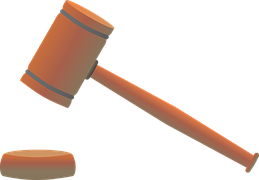 ucial to hire a patent attorney who has been in the industry for many years. Such as lawyer has enough knowledge and expertise in legal issues. Research has shown that a lawyer who has been in business for many years will understand better the needs of his or her client. In fact, it is advisable to hire a lawyer who has been in the industry for more than five years.
ucial to hire a patent attorney who has been in the industry for many years. Such as lawyer has enough knowledge and expertise in legal issues. Research has shown that a lawyer who has been in business for many years will understand better the needs of his or her client. In fact, it is advisable to hire a lawyer who has been in the industry for more than five years.